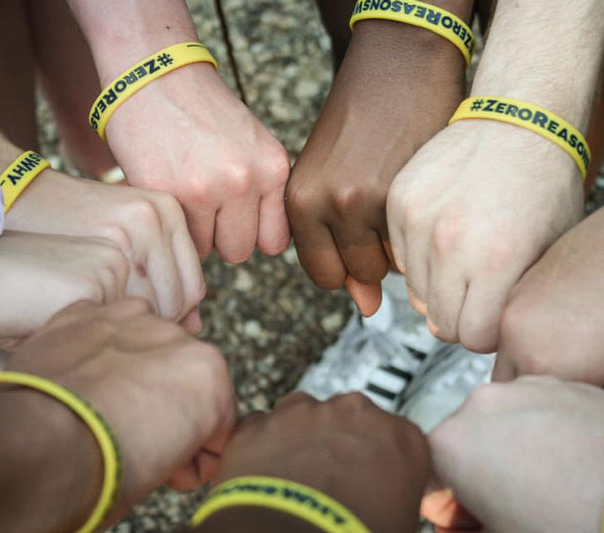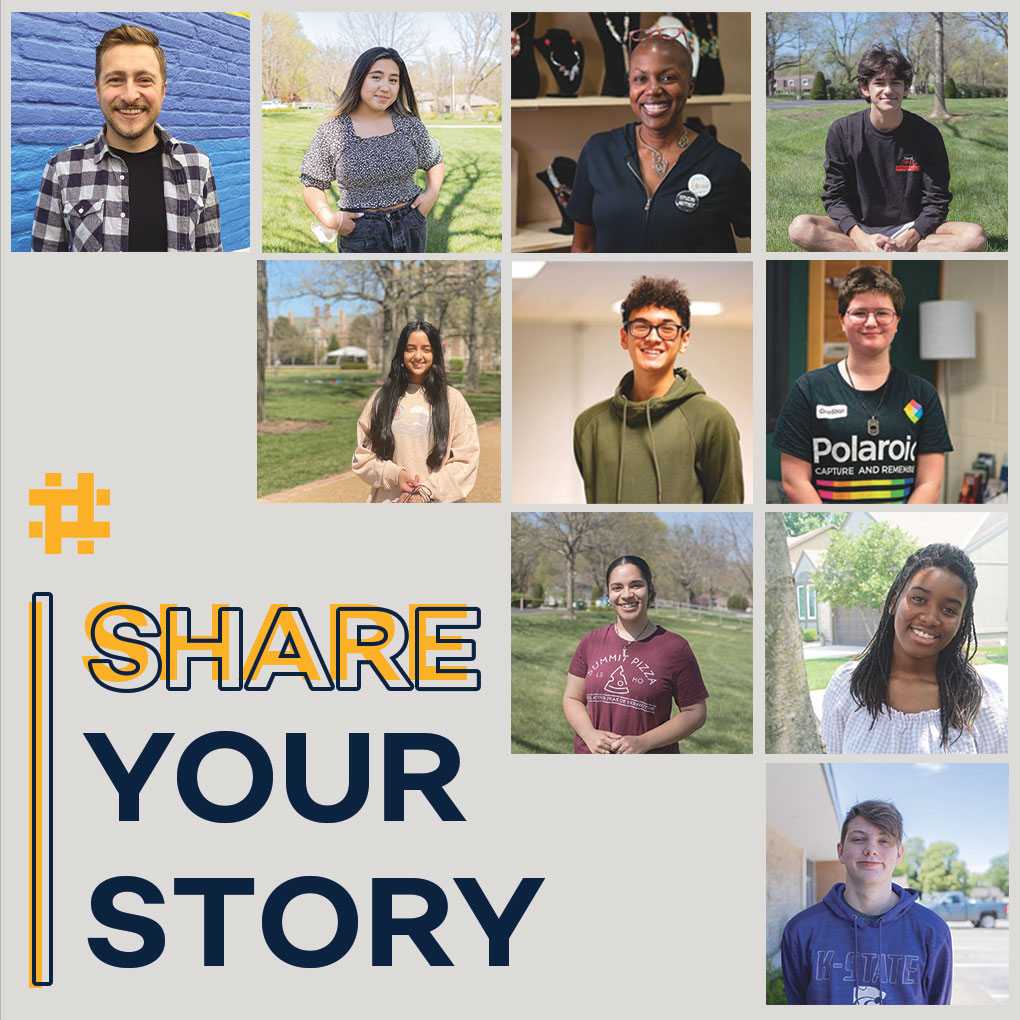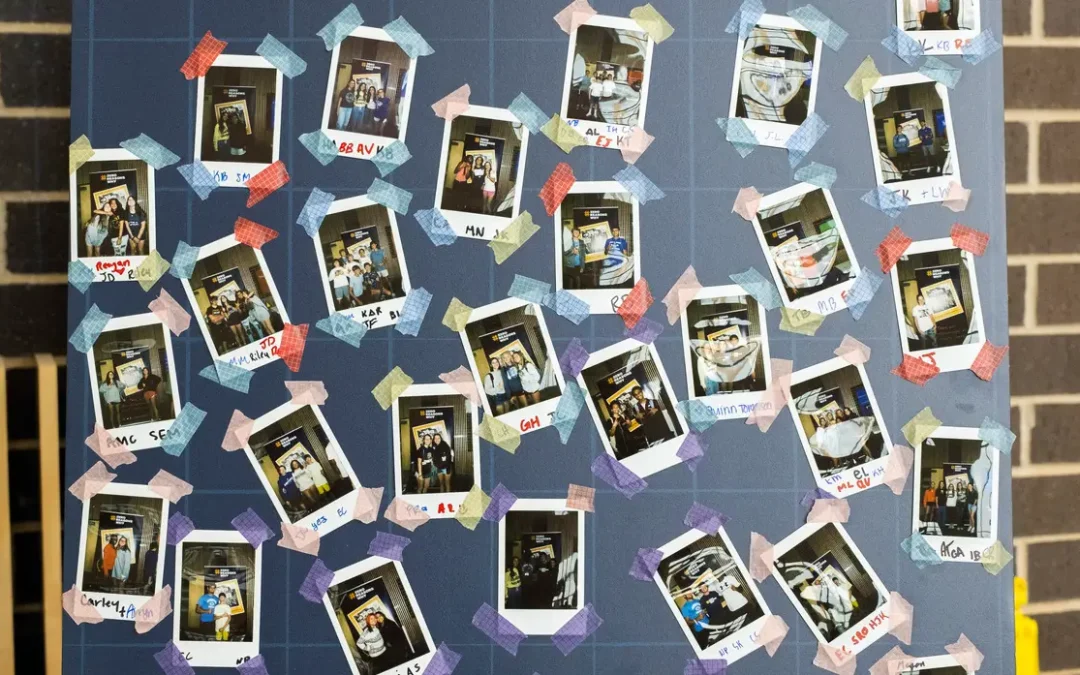Keep reading to learn best practices for using storytelling to support the conversation around mental health and remove stigma.
What story are we telling?

Poor mental health thrives in darkness, when people feel too afraid to share their struggles. It thrives in confusion and a misunderstanding of what it means to face mental health challenges, adding to harmful myths that keep people from sharing when they need help. The smallest act of allyship – such as sharing a story from one person to another – can help remove stigma and encourage help-seeking behavior. When we share stories that were once invisible, it brings the conversation into the light and solidifies the topic as important, relevant, timely – and something okay to talk about.
In the media and entertainment outlets, we see a propensity to focus on the negative and the shocking. With mental health and suicide prevention topics, there are clear boundaries for what helps and what hurts. For example, leaving out details of specific suicide attempt methodologies is a must – those details are always excluded from stories we’re telling. NAMI, the National Alliance on Mental Illness, also published a storytelling guide that promotes focusing on recovery, what has helped and how we can make positive changes for others. The Mental Health Media Guide was developed by a coalition of mental health experts and media outlets, designed to encourage positive mental health portrayals and provide best practices and evidence-based recommendations to ensure that storylines don’t contribute to negative stigma. They encourage storylines to show what real help looks like and to depict more people who are addressing mental health.
The stories we tell acknowledge the struggle, validate the mental health condition, focus on help-seeking behaviors and call for needed change. This provides hope, making help feel possible and providing a path forward.
How are we telling it?
The digital delivery of positive mental health stories allows for wider reach – both in an increase of stories collected and more people to receive those stories. It also allows for increased engagement in a public forum that would not be possible outside of the digital sphere. The conversation is ongoing, constant, easily accessible and can spread. It allows for anyone to engage in it, so all peer groups from teens to parents to educators can interact with one another in a space they wouldn’t otherwise find themselves.

Some benefits to using social media for health communication include:
- Increased interactions with others
- More available, shared and tailored information
- Peer, social and emotional support
- Potential to influence health policy
With Zero Reasons Why, social media provides similar benefits, ranging from peer-to-peer interaction, tailored information for a specific location of the campaign, feeling supported and the ability to communicate stories that can influence public perception and policy change.

